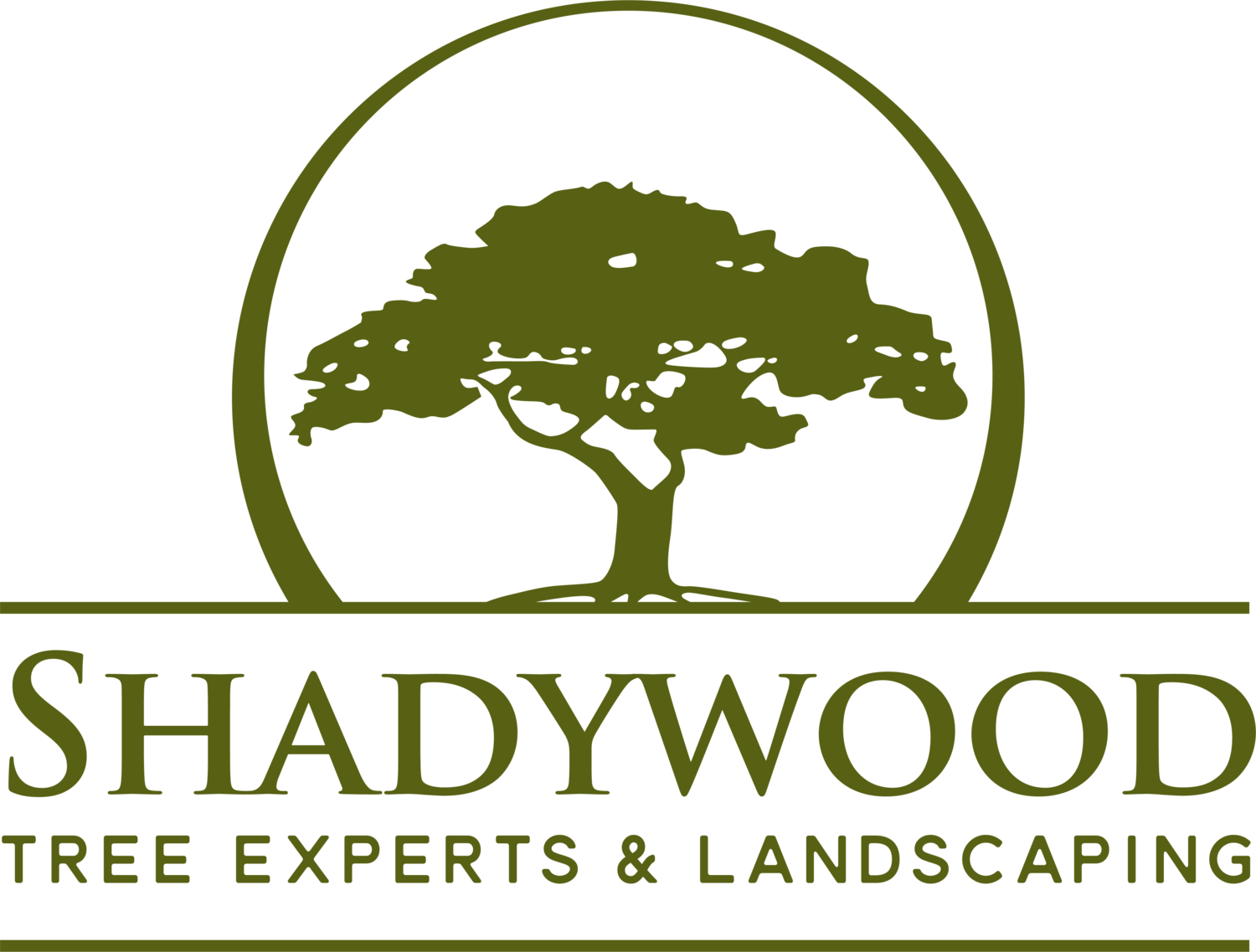Protecting Your Elm Tree From Dutch Elm Disease
Dutch Elm Disease
Dutch elm disease is a destructive fungal disease of elm tree that has caused the loss millions of elm trees in USA. Brought over from Europe in the 1930’s, the Dutch elm disease fungus, Cerosystis ulmi, has infected and killed most of the stately elms that once lined most streets in the United States. Today, only a small portion of the once mighty elms remain and are still being infected and killed by Dutch elm disease.
Dutch elm disease is spread in two ways. The primary way is by native and the European elm bark beetles. These beetles begin their lives in dead and dying elms, a requirement for reproduction. As beetles feed under the bark, the fungal spores of Cerosystis ulmi adhere to the bodies of newly emerging beetles. These beetles then fly to neighboring elms and begin feeding and spreading the disease.
The second way Dutch elm disease is spread is through underground root grafting. When plants grow in close proximity to one another, their root systems can actually grow together, forming one very large combined root system. If one tree becomes infected and is not removed before the fungus grows down to the root system, it will spread to the adjoining tree and infect it.
There is an effective root flare injection treatment to prevent the beetle spread of Dutch elm disease. Unfortunately, there is no easy treatment to prevent the root graft transmission, aside from physically severing the root systems using a vibratory plow.
What Shadywood Tree Experts Recommends for elm trees
We can help maintain your trees with the use of systemic fungicide trunk injections and annual fertilization. When you sign up for plant health care from Shadywood, we administer the recommended protocols for disease prevention control to keep your trees healthy. With each visit, our arborists assess trees for overall health.
Additional things you can do to maintain your elm tree’s health
Water trees regularly using a lawn sprinkler for at least an hour (soaking) once every one to two weeks to minimize moisture stress. Mulch root systems when possible, using natural wood chips to protect the trunk, condition and improve the soil, and to conserve soil moisture. If you see anything that doesn’t look right, have your trees inspected by one of Shadywood Tree Experts International Society of Arboriculture Certified Arborists.
